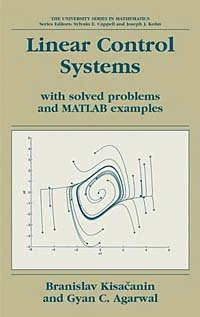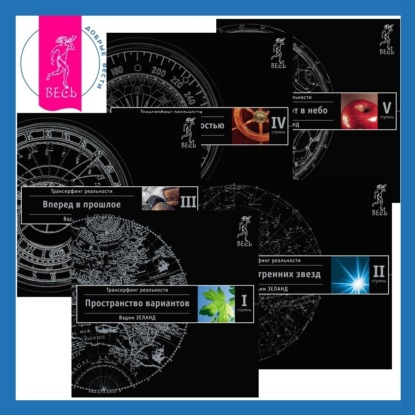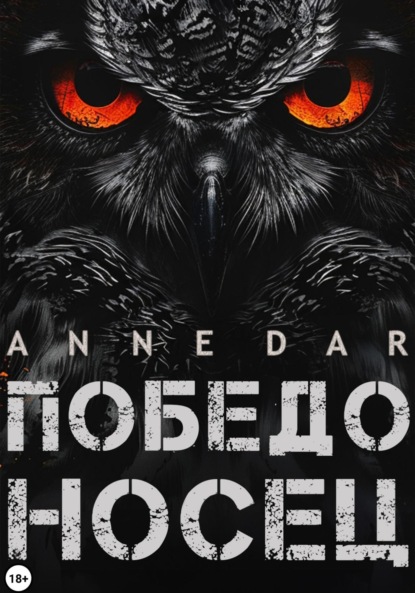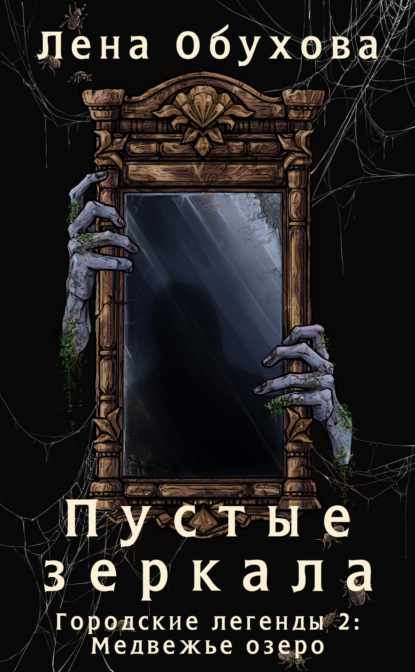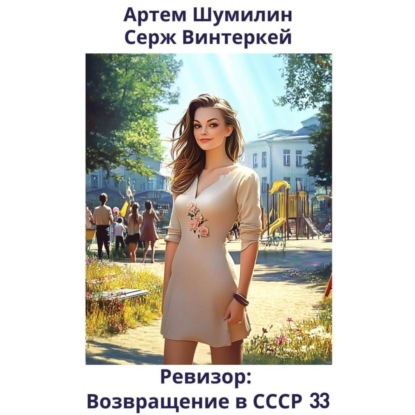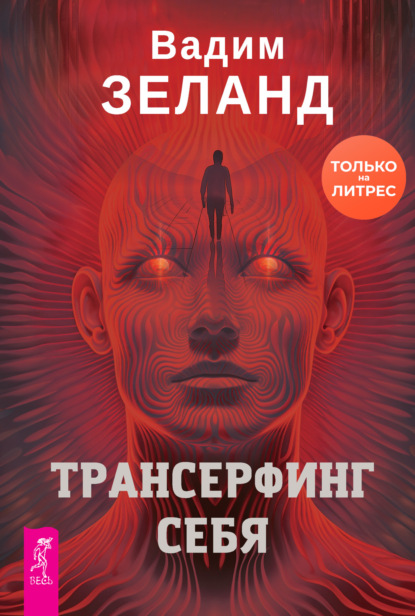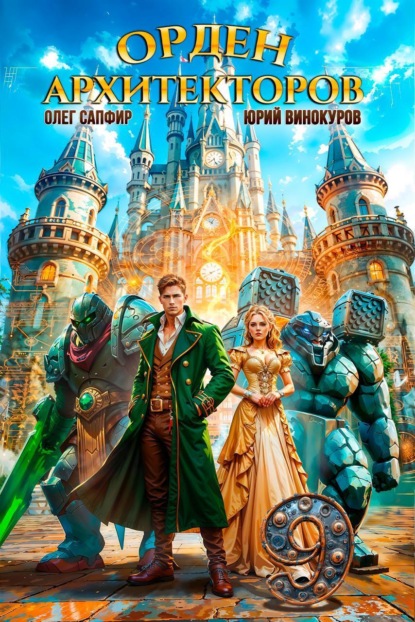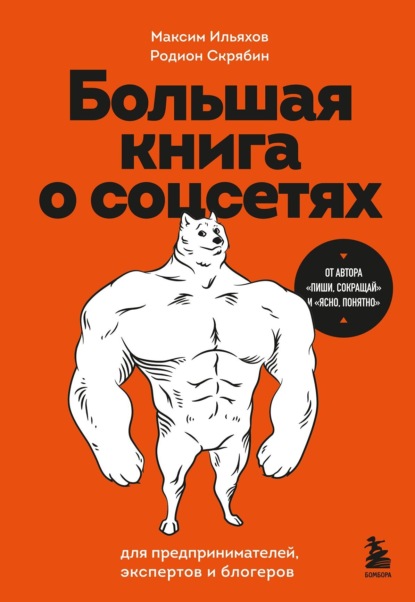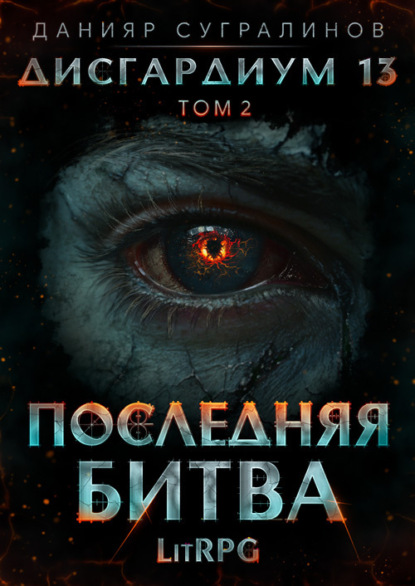Anyone seeking a gentle introduction to the methods of modern control theory and engineering, written at the level of a first-year graduate course, should consider this book seriously. It contains:
1. A generous historical overview of automatic control, from Ancient Greece to the 1970s, when this discipline matured into an essential field for electrical, mechanical, aerospace, chemical, and biomedical engineers, as well as mathematicians, and more recently, computer scientists; 2. A balanced presentation of the relevant theory: the main state-space methods for description, analysis, and design of linear control systems are derived, without overwhelming theoretical arguments; 3. Over 250 solved and exercise problems for both continuous- anddiscrete-time systems, often including MATLAB simulations; and 4. Appendixes on MATLAB, advanced matrix theory, and the history of mathematical tools such as differential calculus, transform methods, and linear algebra.
Another noteworthy feature is the frequent use of an inverted pendulum on a cart to illustrate the most important concepts of automatic control, such as: 1. Linearization and discretization; 2. Stability, controllability, and observability; 3. State feedback, controller design, and optimal control; and 4. Observer design, reduced order observers, and Kalman filtering. Most of the problems are given with solutions or MATLAB simulations. All MATLAB programs from the book are available on the enclosed CD. Whether the book is used as a textbook or as a self-study guide, the knowledge gained from it will be an excellent platform for students and practising engineers to explore further the recent developments and applications of control theory. Это и многое другое вы найдете в книге Linear Control Systems: With Solved Problems and Matlab Examples (Univerrsity Series in Mathematics) (Branislav, Phd Kisacanin, Gyan C., Phd Agarwal)
